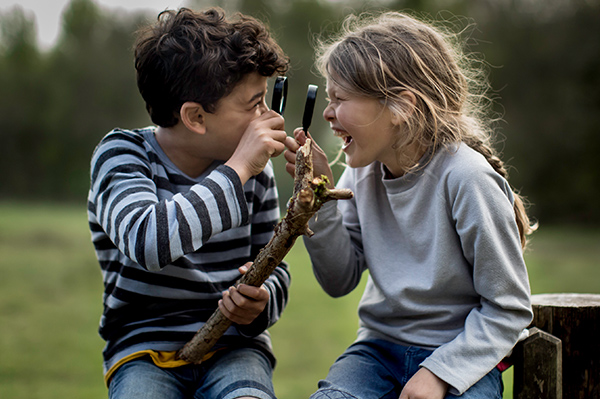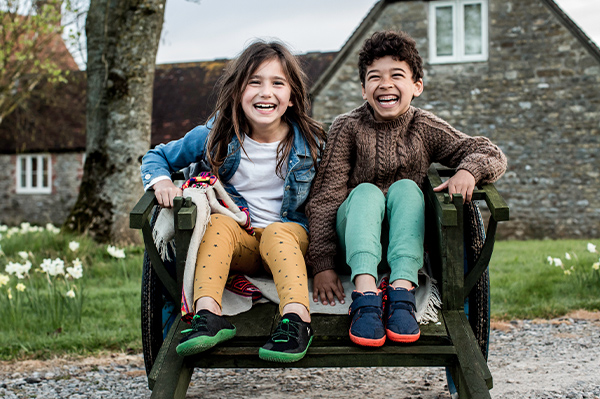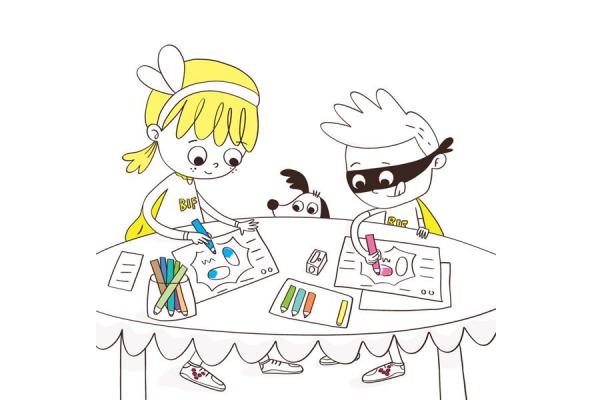Girls are not hard-wired by nature for pink and boys for blue. They just aren’t. How do we know?
Let’s start with the Ladies Home Journal in 1918: “The generally accepted rule is pink for the boy and blue for the girl… Pink being a more decided and stronger colour is more suitable for the boy, while blue, which is more delicate and dainty, is prettier for the girl."
This is not a typo. Nor is it an outlier opinion. In 1914, the American Sunday Sentinel newspaper stated: "If you like the colour note on the little one's garments, use pink for the boy and blue for the girl, if you are a follower of convention."
In Britain, pink was seen as the baby boy version of red, the colour of the military, the tough guys. Blue was innocence, the colour the Virgin Mary was traditionally depicted in. (Even the early Disney heroines were in blue: Cinderella and Sleeping Beauty were both in blue until the latter got her gown pinkified when Disney launched the Princesses as a gang in the year 2000).
But does any of this really matter?


It does matter when we look around and realise colour and gender differentials are most noticeable in the stuff we buy. Just like the concepts of ‘toddler’ and later ‘tween’ were created to sell more stuff, so it goes with pink and blue. Just walk into any big, plastic-filled toy shop: it looks like blue and pink engaged in a vomiting contest.
And it’s not just about buying double the amount of stuff, it’s the actual content of the pink stuff being pushed at our girls while the blue stuff for the boys appears increasingly out of reach that is particularly problematic.


Which is why at Vivobarefoot Kids there are no links to boys shoes and girl’s shoes. Just kids’ shoes. It’s also why we teamed up with BIFKiDS to launch our creative colouring-in competiton; they work to help kids (and adults) unleash all their creative potential to come up with better ideas, faster.
Lise Eliot, neuroscientist and the author of Pink Brain, Blue Brain researches neuroplasticity, the idea that our inborn tendencies and who we are is, in fact, shaped by our experiences. She has found that a child’s brain changes on a molecular level through early childhood learning as they learn to walk and talk. In the debate of nature vs nurture, Eliot says nurture becomes nature.
So let’s let pink and blue kill each other in the ring of senseless consumerism. Let’s nurture a nature that is not dominated by pink and blue, and free our kids to just be kids, in any colour they want.

